The Reed Family Real Estate Investment Strategy
Transforming Retirement Capital into Long-Term Income and Intergenerational Equity
Executive Summary
This report outlines a phased strategy to redeploy $50,000 in dormant retirement capital into a five-property residential rental portfolio across Washtenaw County and adjacent Michigan markets.
The initiative aims to (1) establish a recurring cash-flow engine capable of self-funding expansion, (2) generate measurable equity growth over a 10-year horizon, and (3) diversify the family’s balance sheet away from employment-linked income.
Strategic Rationale
Capital Efficiency: A 401(k) participant loan enables access to up to $50,000 at ~7.5% interest, avoiding withdrawal penalties and taxes.
Asset Diversification: Shifts exposure from volatile equities toward real assets with intrinsic utility and inflation protection.
Cash-Flow Leverage: Rental yields in target sub-markets (8–10% cap rates) materially exceed the 401(k) loan’s cost of capital.
Legacy Alignment: Supports the family objective of creating self-determined, multi-generation wealth through owned institutions and tangible assets.
| Category | Target Specification |
|---|---|
| Geography | Washtenaw County, with selective expansion into Wayne, Jackson, and Monroe Counties |
| Property Type | Single-family or small multi-family, 3–4 BR / 1–2 BA |
| Purchase Price Range | $120K–$150K |
| Financing Structure | Conventional 30-year mortgage, 20% down |
| Loan Source for Down Payments | 401(k) participant loan ($50K) |
| Expected Rent Range | $1,300–$1,600 / month |
| Target Cash Flow | $250–$350 per door / month |
| Aggregate Portfolio Cash Flow (5 doors) | $1,250–$1,750 / month |
Investment Parameters
CategoryTarget SpecificationGeographyWashtenaw County, with selective expansion into Wayne, Jackson, and Monroe CountiesProperty TypeSingle-family or small multi-family, 3–4 BR / 1–2 BAPurchase Price Range$120K–$150KFinancing StructureConventional 30-year mortgage, 20% downLoan Source for Down Payments401(k) participant loan ($50K)Expected Rent Range$1,300–$1,600 / monthTarget Cash Flow$250–$350 per door / monthAggregate Portfolio Cash Flow (5 doors)$1,250–$1,750 / month
Phased Execution Roadmap
PhaseTimelineObjectiveKey MilestonesI. Capital DeploymentMonths 1–6Acquire 3 properties using 401(k) loan proceedsIdentify markets, secure financing, close first acquisitionsII. StabilizationMonths 7–18Achieve full occupancy and positive net cash flowTenant placement, maintenance system, 3-month reserve fundIII. ExpansionMonths 18–30Acquire two additional properties using equity and retained cash flowRefinance or reinvest rental profitsIV. Self-Funding GrowthYears 3–5Transition to internally financed acquisitionsEstablish reinvestment policy; monitor portfolio ROI
Financial Outlook (10-Year Horizon)
ScenarioIRRAnnual Net Cash Flow10-Year Net Value CreationCommentaryBest Case12–13 %$1,200 / mo$190K–$210K4 %+ appreciation, stable tenancyBase Case9–10 %$1,000 / mo$150K–$165K3 % appreciation, normal turnoverDownside Case4–5 %$300 / mo$80K–$100KHigher vacancy, muted appreciation
Risk Assessment and Mitigation
RiskExposureMitigation ActionEmployment change during 401(k) loanModerateMaintain cash reserve equal to 3 months of paymentsVacancy or maintenance shockModerate10 % rental reserve per propertyMarket softeningLow-ModerateFocus on affordable, high-demand housing segmentLiquidity constraintLowStagger acquisitions, maintain emergency fundOver-leverageLowRequire positive cash flow at purchase underwriting
Ten-Year Impact Projection
MetricYear 1Year 5Year 10Properties Owned3510 +Portfolio Value$450K~$750K~$950KNet Equity$100K~$250K$350K +Passive Income$900 / mo$1,700 / mo$3,000 / mo +
Conclusion
The Reed Family Real Estate Strategy provides a disciplined path from capital reallocation to durable income generation.
By converting $50,000 of idle retirement capital into appreciating, cash-flowing assets, the family captures an incremental 3–4 % return spread over public-market benchmarks while achieving tangible ownership of productive property.
Over a 10-year horizon, the plan is projected to deliver:
$1,200–$1,700 / month recurring net income
$350K + equity growth
A self-funding acquisition engine enabling continued expansion without additional outside capital
This approach balances risk, liquidity, and long-term legacy — positioning the family to transition from employment-based income to asset-based independence.
